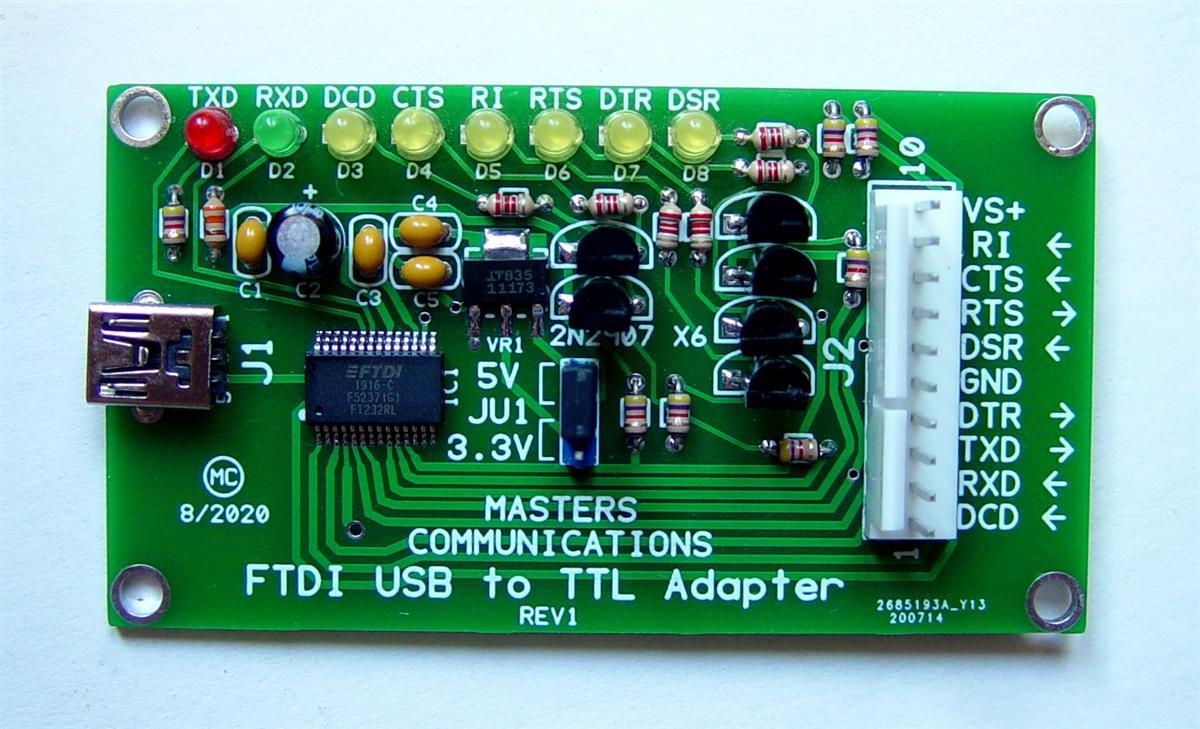
(You don't really need the 10K pullup resistor on the reset pin either, so we remove it to get a truly minimal configuration.) If you don't have the extra 16 MHz crystal and 18-22 picofarad capacitors used in the above examples, you can configure the ATmega328P to use its internal 8 MHz RC oscillator as a clock source instead. Remember to remove the microcontroller from the Arduino board! Minimal Circuit (Eliminating the External Clock) Uploading sketches to an ATmega on a breadboard. To program the microcontroller, select "Arduino Duemilanove or Nano w/ ATmega328" from the the Tools > Board menu (or "ATmega328 on a breadboard (8 MHz internal clock)" if you're using the minimal configuration described below).
At89c2051 programmer using usb to serial ttl how to#
The diagram at right shows how to connect the RX and TX lines from the Arduino board to the ATmega on the breadboard. To do, you remove the microcontroller from the Arduino board so the FTDI chip can talk to the microcontroller on the breadboard instead. Once your ATmega328P has the Arduino bootloader on it, you can upload programs to it using the USB-to-serial convertor (FTDI chip) on an Arduino board. Using an Arduino board to burn the bootloader onto an ATmega on a breadboard. After you've done so, you can remove the jumper wires connected to pins 10, 11, 12, and 13 of the Arduino board.

You should only need to burn the bootloader once. Select "Arduino as ISP" from Tools > Programmer (Or "ATmega328 on a breadboard (8 MHz internal clock)" if using the minimal configuration described below.) Select "Arduino Duemilanove or Nano w/ ATmega328" from the Tools > Board menu. Wire up the Arduino board and microcontroller as shown in the diagram to the right. (You'll need to select the board and serial port from the Tools menu that correspond to your board.) Upload the ArduinoISP sketch onto your Arduino board. To burn the bootloader, follow these steps:

because you took it out of an Arduino board or ordered an already-bootloaded ATmega), you can skip this section. If the microcontroller already has the bootloader on it (e.g. You can do this using an Arduino board as an in-system program (ISP).

If you have a new ATmega328P (or ATmega168), you'll need to burn the bootloader onto it. Two 18 to 22 picofarad (ceramic) capacitors. Unless you choose to use the minimal configuration described at the end of this tutorial, you'll need four components (besides the Arduino, ATmega328P, and breadboard): It's similar to this tutorial, but uses an Arduino board to program the ATmega on the breadboard. This tutorial explains how to migrate from an Arduino board to a standalone microcontroller on a breadboard. From Arduino to a Microcontroller on a Breadboard


 0 kommentar(er)
0 kommentar(er)
